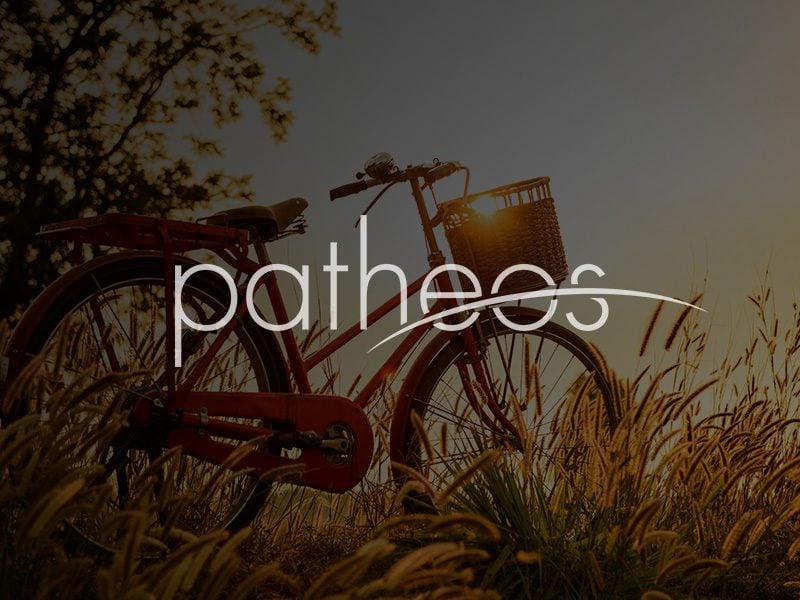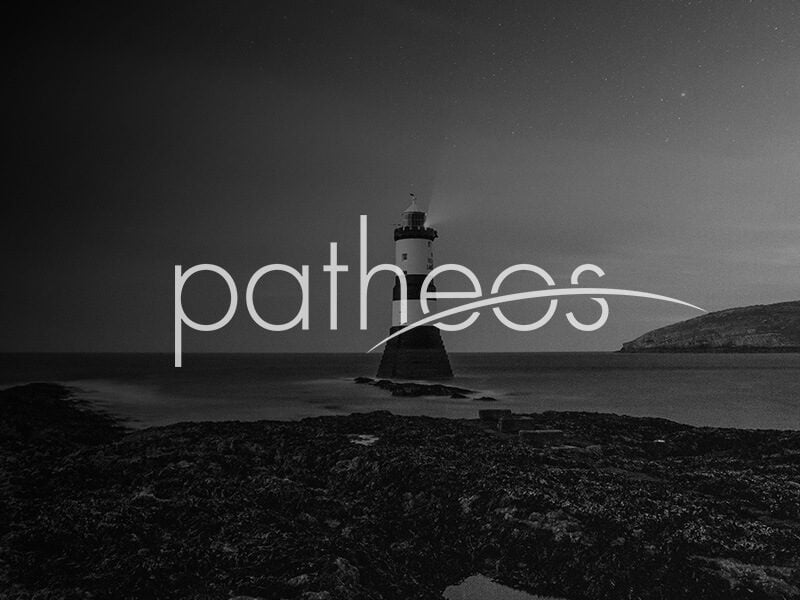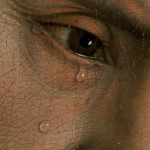Last updated on: December 21, 2016 at 4:13 pm
By
CNA Daily News
Chicago, Ill., Dec 21, 2016 / 09:13 am (CNA).- Coloring books for adults have exploded onto the bookstore scene in the past two years. What was once considered a hobby for the kids is now all the rage for people who are full-grown. While the most popular books out there feature images of gardens, forests and beautiful patterns, Ave Maria Press and Catholic artist Daniel Mitsui are creating adult coloring books that draw from something else: the tradition of medieval Catholic art. Mitsui, who lives in Chicago with his wife and their three children, specializes in ink drawing and describes his style as very graphic, with “precise edges and sharp outlines.” He’s heavily inspired by Catholic art from the 14th and 15th century, but is also influenced by the graphic elements of Japanese art, particularly with how it treats light and shadow. While Mitsui told CNA that he hadn’t paid much attention to the adult coloring book trend at first, he has done a lot of work in black and white, which works well for the medium. He would print a lot of images in black and white and then color them in to sell as hand-colored images, and he would give his children the extra prints, or the prints that didn’t turn out just right, for them to color. “I would save all of the ones that didn’t pass my quality control, and I would give them to my kids to color at Mass,” he told CNA. “I have small children who have a hard time paying attention so I would give them some of these coloring sheets. And friends of mine started asking for them and I thought, you know, I should really make this available to the public.” With this in mind, Mitsui started adding the black and white images – usually of saints or other religious images – to his website, so that parents could access them for their kids and leave a little donation. Almost immediately, he was contacted by Ave Maria publishing company about creating a book for adults. His first book features images from the mysteries of the rosary. Mitsui had been privately commissioned for a project on the rosary a few years back, and so he said it was easy to compile those images and create a coloring book with a unifying theme. Faced with quick success, he soon began planning for another book, featuring colorable images of the Saints. While the book includes many of the main players – the Virgin Mary, Sts. Peter and Paul, St. Michael the Archangel – it also includes some more obscure figures like St. Robert of Newminster, St. Gobnait, and St. Hugh of Lincoln. While many of Mitsui's images in the coloring books come from privately commissioned pieces he’s done in the past, some of them also come from images he's created as part of lessons for his children, who are homeschooled. Mitsui added that he finds it unnecessary to divide coloring books into categories for children and adults. Children deserve, and equally enjoy, the beautiful and more intricate images that are often only marketed to adults, he said. “I don’t think that you should say well, we have these really sophisticated coloring books with detailed art, and we’re going to give these to adults, and then we present things that have artwork in them that we don’t really think is that good, and then give those to kids,” he said. “There’s so many children’s picture books that are really beautiful and really sophisticated and intelligent artwork, but they kind of get drowned out by so many ones that are sort of insipid, and I don’t think that that’s right,” he added. “Kids like to see detailed images, they can actually appreciate serious art, and a good way to introduce them to it is to look through what coloring books are being sold for the adults.” The sudden upsurge in the popularity of coloring books for adults has fascinated everyone from researchers to art therapists to yoga and meditation connoisseurs. Mitsui said he’s excited about the trend, because it may mean that more adults are acknowledging their desire to express themselves creatively. “It seems there’s an idea that a lot of adults have that drawing or making art is something that you do when you’re a child, and then unless you become a professional you kind of give it up,” he said. “And I think that’s just sort of a poverty...I don’t know why there’s a reluctance on the part of so many adults to create artwork.” Drawing used to be the fashionable thing for adults to do in the Victorian era, he added. Many adults, particularly women, had their own sketchbooks and honed their drawing skills. Some of these sketchbooks have been preserved, and some of the work is quite good. “I think what that demonstrates is that a lot of what goes into being an artist is skill that is learnable with practice,” Mitsui said. “People have this idea that somehow when it comes to art, you’re given this measure of ability from the beginning and you can never do anything to increase or decrease that, and I don’t think that’s true.” For Catholics in particular, a Catholic adult coloring book is a way to become familiar with the rich tradition of Catholic art in a way that is different than viewing a painting in a museum, he said. “The Catholic church has such a superabundance of wealth in terms of its artistic tradition, that sometimes it can get lost when it’s just sort of viewed as data,” he said. “I’m interested in medieval religious art, and I think the art of that era certainly is very rich in terms of what it can teach you about the Catholic religion in that it’s very precise theologically, it corroborates the writings of the Church fathers, it corroborates the liturgy. So you see all of the Catholic tradition more clearly if you’re familiar with its presentation,” he said. Having a book that you’re able to look at closely, and an image that you’re engaging not just with your eyes but also your hands, forces you to slow down and really concentrate on the image, he added. “It’s a way to train yourself to really look at art and I think to really look at anything,” he said. “That more concentrated vision is something that is quite peculiar to a mass media age.” This article originally ran on CNA July 10, 2016. Read more
















